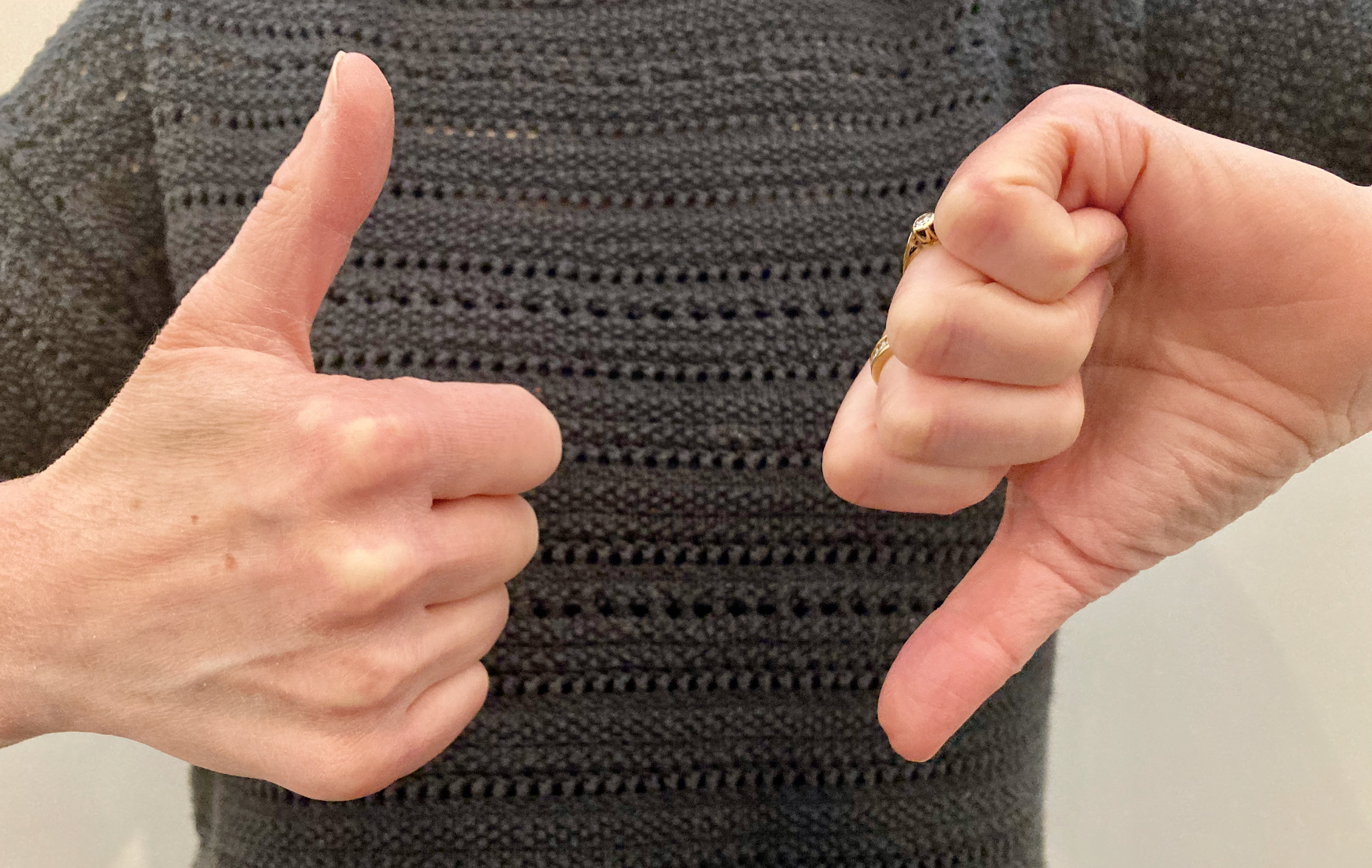Understanding Will - Asking questions, asking for help
This is part of a series of blog posts about the learning and organizational strategies that have helped Will succeed both academically and socially. A short introduction to this series of posts can be found here
Will said:
"I find it difficult to ask my teacher for help when I am unsure what to do. Sometimes I don't know how, or what, to ask and get embarrassed. I think people will laugh at my questions. Sometimes, I only need to know where to write the date."
The Impact:
Will finds starting and staying on tasks challenging and quickly becomes frustrated or loses focus. He makes errors or abandons tasks completely.
Strategies that help Will learn:
-
Being in a positive learning environment where all students are actively encouraged to;
- ask for help
- ask questions to develop their understanding
- ask for instructions and information to be repeated
-
Being part of frequent group/class discussions focusing on the importance of asking questions. These encourage Will to understand that;
- all questions are good questions
- asking a question may help others who might have the same question
- everyone needs to ask questions sometimes
-
Being in a learning environment where teachers continually model how to ask questions and how to ask for help. This encourages Will to develop his questioning skills and to understand ways of asking for help appropriately.
-
Being in a learning environment where visual prompts or cues are used as a whole class resource to communicate individual understanding and confidence during independent work activities.
These visual prompts/cues should be easy to use and understand and adapted to suit the class/individual needs. They enable adults to check how individuals are getting on without constant questioning.
Some examples of these visual prompts/cues are:
- A laminated double-sided card
One side says "ok" and/or has a picture of a smiley face on it. The other side says "I need help" and/or has a picture of a worried face on it. The individual using the card places it visibly on their desk with the side reflecting how they are feeling facing upwards.
- Traffic light system
A piece of card is divided into three sections coloured red, amber/yellow and green. An arrow, or object, can be placed on the colour that indicates how the individual is feeling about the task. Green is used to communicate "I am ok." amber/yellow "I am unsure but I can give it a go." and red that "I need help."
As Will has got older, he has worked with his teachers to agree on more personalized and sometimes more discrete ways of communicating his understanding and asking for help. Some of the more successful strategies he uses are:
- A red and a yellow card/sticky note
Will loves football and associates the red card with being sent off. Putting a red card on his desk, tells his teacher that he has no idea what to do, that he is out of the game! Putting a yellow card on his desk, is a warning to his teacher that he may need help, or to ask questions, to stay on task. No card signals that he is ok and is on task.
- Thumbs-up, thumbs-down
The teacher gives Will a quick, discrete thumbs-up. Will responds with a thumbs-up or a thumbs-down (a thumbs-up indicates that Will is ok, a thumbs-down that he needs help or to ask a question.)
-
Being part of a learning environment where opportunities for individuals to self-assess their understanding are frequently created. Some examples of strategies for self-assessment are;
-
asking students to give a quick thumbs-up or a thumbs-down to show how they think they are doing, or, to rate how they feel about a concept with a quick show of fingers (five fingers indicating good understanding).
-
Using a lesson plenary as an opportunity for individuals to discuss, or record on whiteboards/sticky notes, the parts of the lesson that they found easier and those that were more challenging and why.
-
These strategies help teachers to quickly identify who might need more support with a concept, or, if more whole class teaching is needed.
Will feels more comfortable in this type of inclusive learning environment and is more confident about communicating how he is really doing and asking questions.
Other posts like this: Understanding Will - Part 5: I don't know how to start my writing.
